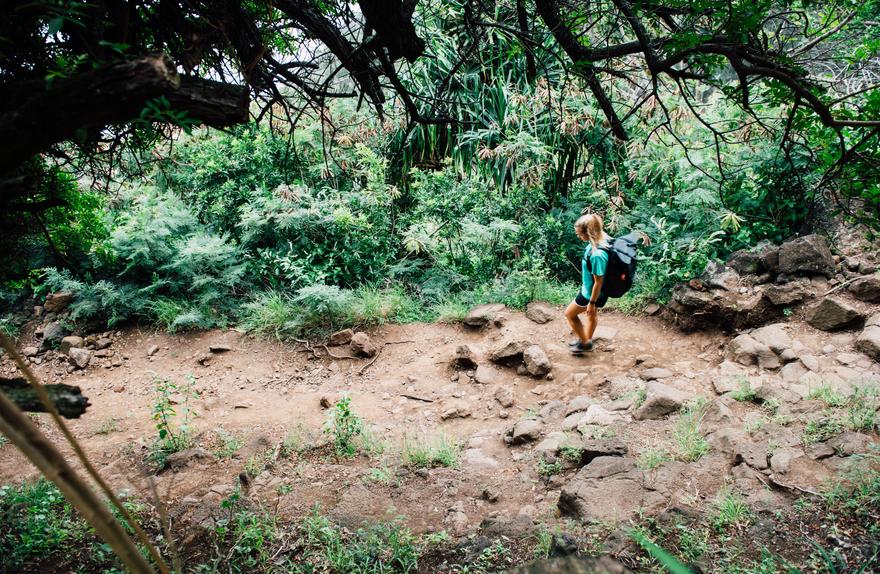Introduction to the Worldview Dimension of Gaia Education’s course in ‘Design for Sustainability’

“A human being is part of the whole — called by us universe, a part limited in time and space. He experiences himself, his thoughts and feelings as something separate from the rest, a kind of optical delusion of his consciousness. This delusion is a kind of prison for us restricting us to our personal desires and to affection for a few persons nearest to us. Our task must be to free ourselves from this prison by widening our circle of compassion to embrace all living creatures and the whole of nature.” - Albert Einstein
As we have repeatedly explored in the social, ecological, and economic dimension of this course, we are truly living in a very unique time in the history of our civilisation, facing several simultaneous challenges and converging crises: a deteriorating environment, a very unequal distribution of dwindling resources, widespread poverty, wars, climate change, oppression of many peoples, and dissatisfaction with life even in those countries with a surplus of material wealth.
How did we get into this mess? What are we to make of all this? Do things have to be this way? Why is this happening to us? What can we do about it?

Earthrise from the moon (Nasa). The first images of Earth from outer space literally changed our worldview.
The answers to such questions are certainly not simple, and you will not find them in any textbook. The perspective Gaia Education has taken in preparing this programme in Designing for Sustainability is that all these problems and converging crises are systemic. They are part of the same pattern. For the most part these crises we humans have brought upon ourselves over the course of many centuries through our attitudes towards each other and towards Nature, and through the concepts, we have developed regarding who we are and the very purpose of our being here — in other words, our worldview.
A worldview is a cultural phenomenon. It can and does change over time and worldviews can differ substantially across and even within cultures. But at its most basic level, it is determined to a great degree by asking the most profound questions: Who are we? Where do we come from? What is our purpose? Where are we going?
All of these questions are fundamental to how we individually and collectively make meaning. As such they are questions asked by all spiritual traditions and since the very beginning of our species. Even the first cave paintings suggest that as soon as we were human, we started to ask these kinds of questions.
The worldview that informs us and helps us to make sense of the world is a crucial element of the transition towards a regenerative human presence on Earth. This is why Gaia Education has always worked with four dimensions of sustainability rather than the common “three-legged stool” approach that only pays attention to the social, ecological and economic dimension.

The Gaia Education 4 dimensional mandala as a holistic concept
Spirituality, in all its diverse expressions, can be understood as sustaining, infusing, and giving direction, meaning and purpose to a cultural system. Understood in this way, spirituality comprises the ultimate in shared values and ethics of culture and forms the basis for legitimising its socio-economic structure, its relationships with the more-than-human-world and its cosmic ecology (e.g. love, compassion, forgiveness, mercy, reverence for that which nurtures and sustains life, etc.)
The root meaning of religion is to bind together. To create a more sustainable future for humanity we need to find new ways to bind humanity together — in all its diversity of worldviews and belief systems — so that we may heal our relationship with the rest of the community of life.
In a purely secular culture, committed to scientific rationalism, many of the life-sustaining aspects of spirituality as a cultural guidance system can atrophy.
Nevertheless, science itself is required to offer answers to the age-old questions of Who are we?, Where do we come from?, Where are we going?, What is our purpose?
Many of the scientific discoveries of the last century have opened the possibility of a new synthesis of science and spirituality, that connects all of humanity and the rest of life to the mystery of our existence as co-creative participants of a continuously transforming universe. This emerging synthesis of science and spirituality is offering cultural guidance based on knowledge and wisdom, informed by reason, intuition, and inspiration.
Each unique cultural practises and celebrates spirituality in a manner reflective of its unique situation in the world. The 20th-century revolution of technologies that permits long-distance travel and instant communication across the world has brought all cultures closer together, making us more aware than ever of the many diverse spiritual-cultural traditions that have flourished for millennia as intricate, elaborate meta-solutions to the challenges and opportunities of living in a particular place.
Thus, in addition to offering numerous explanations for the vast, unseen, sublime dimensions of life, spiritual and cultural traditions the world over have distinct practical and instrumental value in sustaining their peoples over time. And so — in contrast to most other educational programs that prefer to sidestep or ignore the sensitive issues of spirituality and meaning-making — the Worldview dimension is an important part of a whole-systems understanding of sustainability and therefore an integral component of the Gaia Education Design for Sustainability (GEDS) course.
We will look at a number of related issues, such as the nature of worldviews in general and in particular the shift in the culturally dominant worldview which is currently underway; the transformation of consciousness at the personal level of spiritual practices; the need to see humankind as an integral part of nature if we are to find long-term solutions to the above-mentioned problems; the connection between planetary and individual health; the daily practice of socially and ecologically engaged spirituality; the relation between science and religion; and the creative power of positive visions of our common future.

An understanding of all of these topics is vital to anyone who wishes to contribute actively to what may well be the greatest shift in worldviews in all of human history. After millennia of primary participation (in which humans saw themselves as part of nature), we have unleashed unprecedented scientific and technological innovation in a relatively short period since the scientific revolution and the enlightenment (in which humanity saw itself as separate from and above the rest of nature — the narrative of separation).

This is an excerpt from the Worldview Dimension of Gaia Education´s online programme in Design for Sustainability revised and re-written by Dr Daniel Wahl on the basis of an earlier version by Jonathan Dawson (now Head of Economics at Schumacher College).
The Worldview dimension starts 21st March 2022, sign up now: https://www.programmes.gaiaeducation.uk/worldview-en


0 comments
Leave a comment